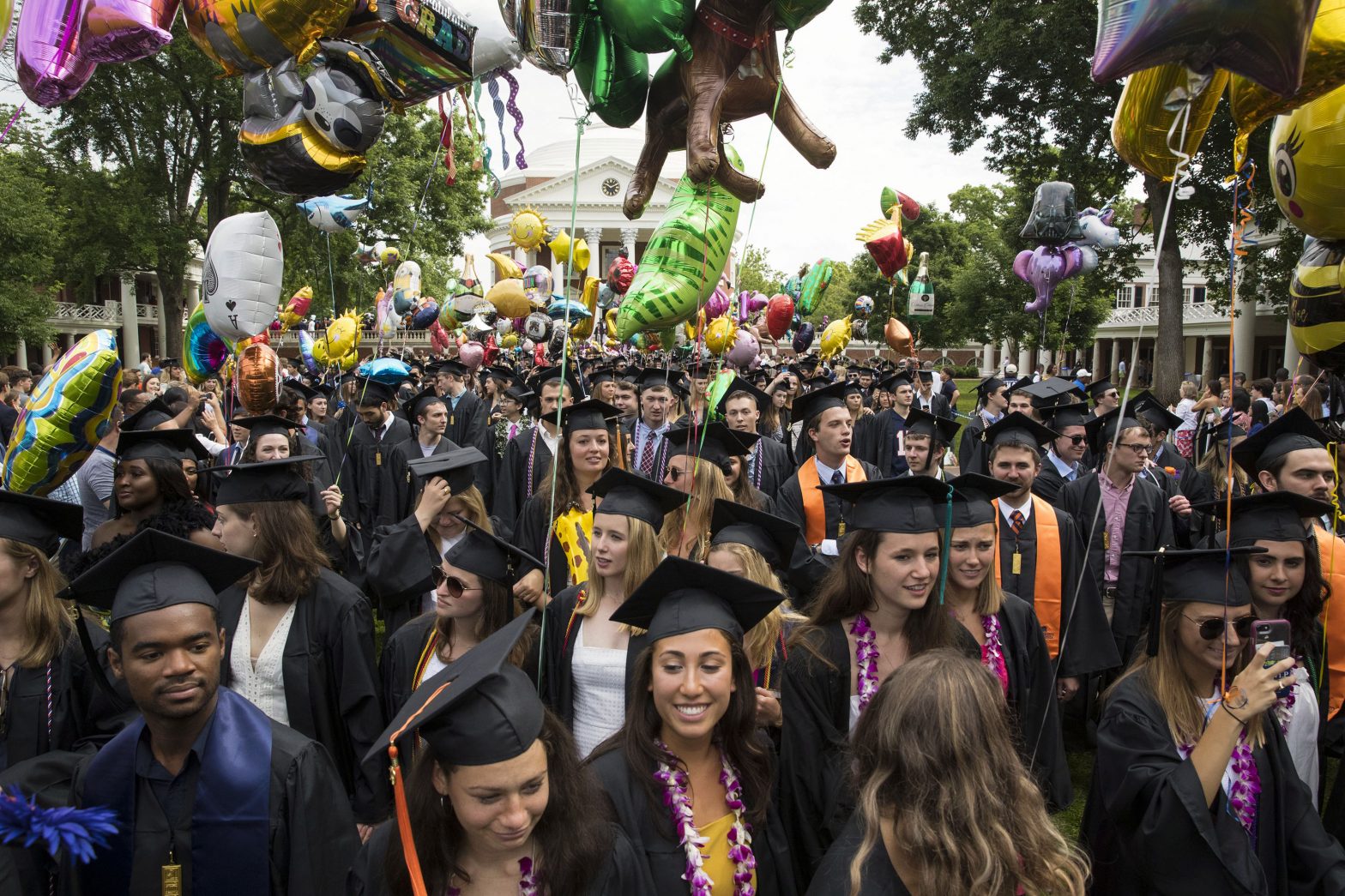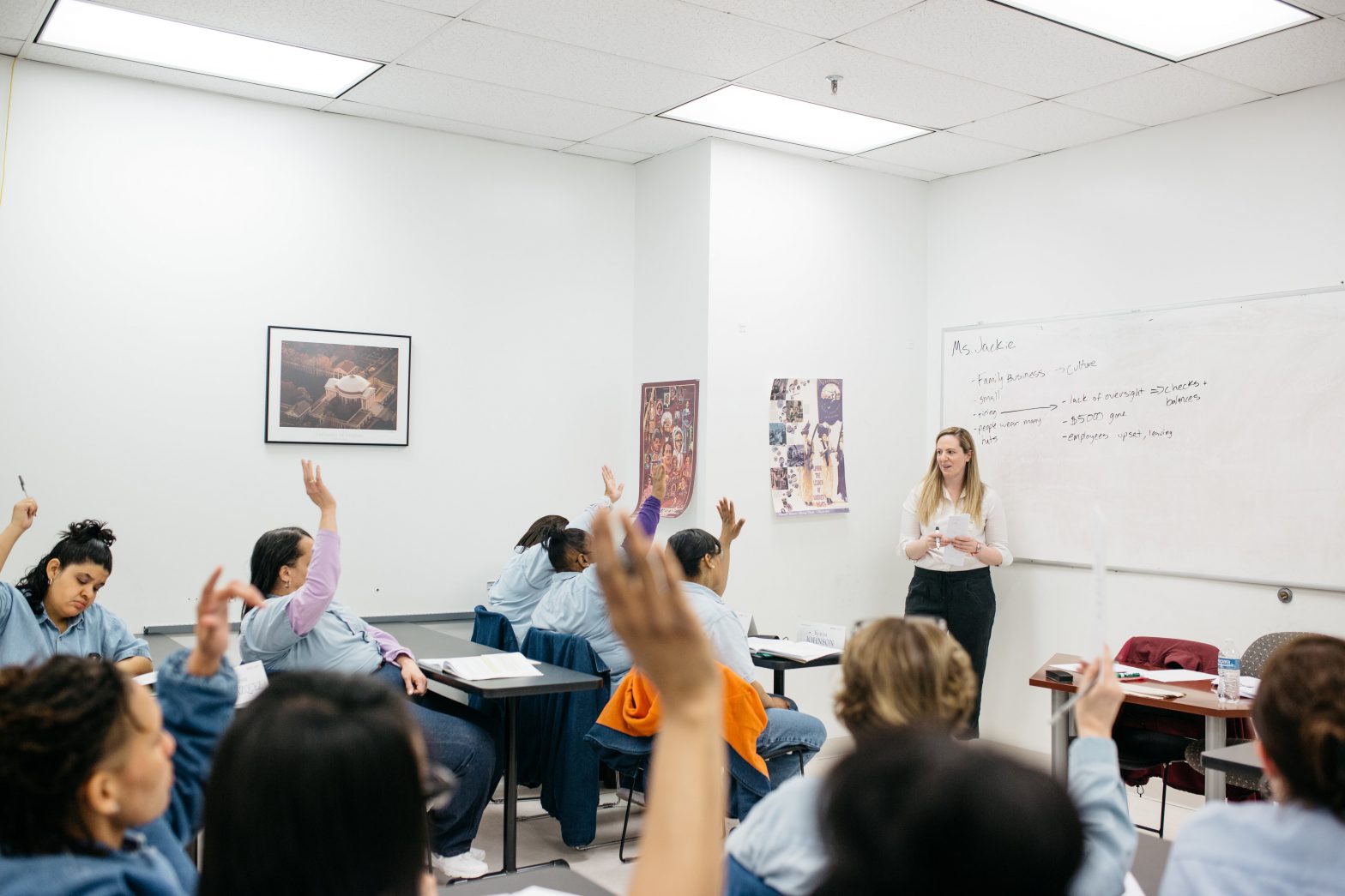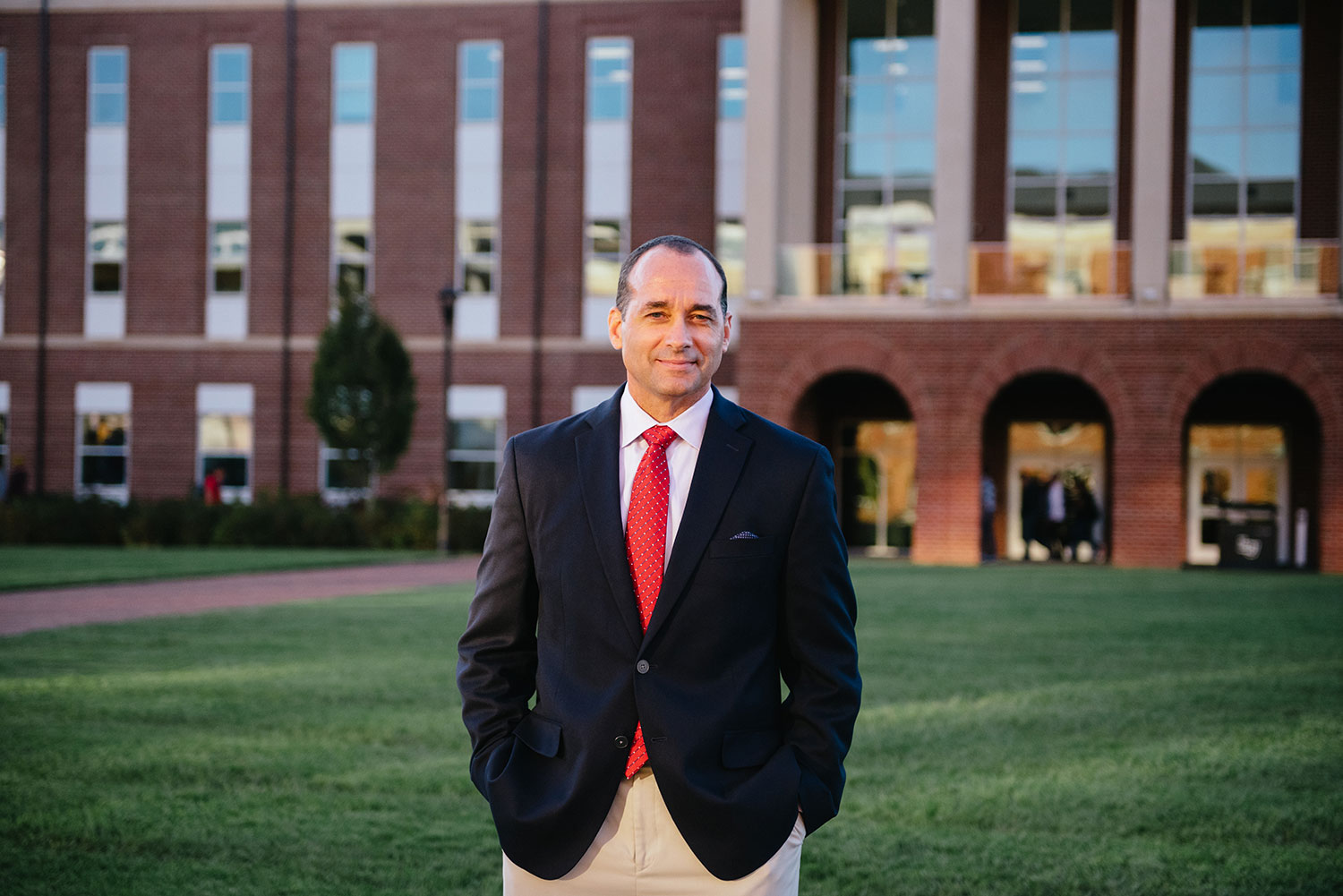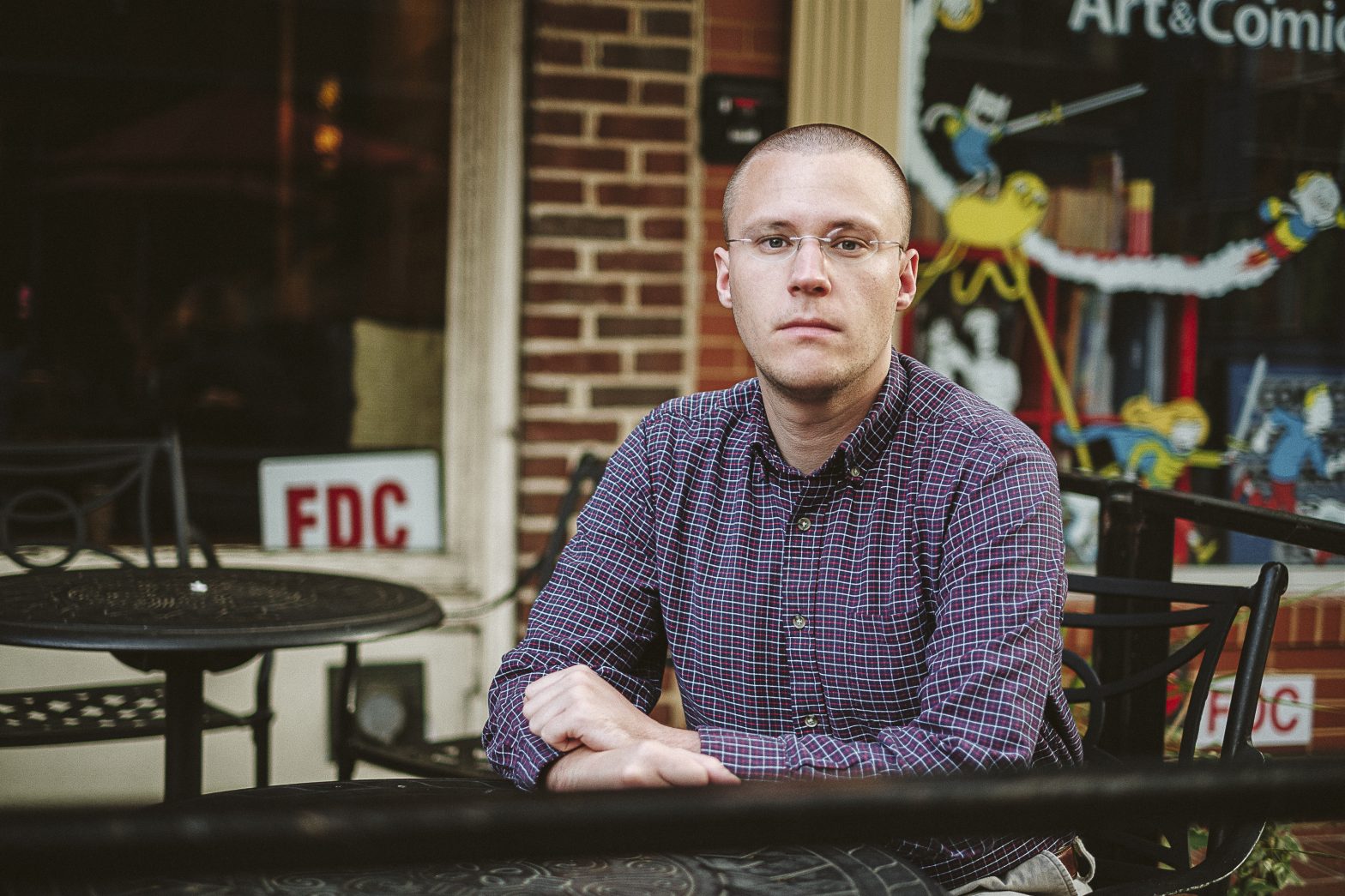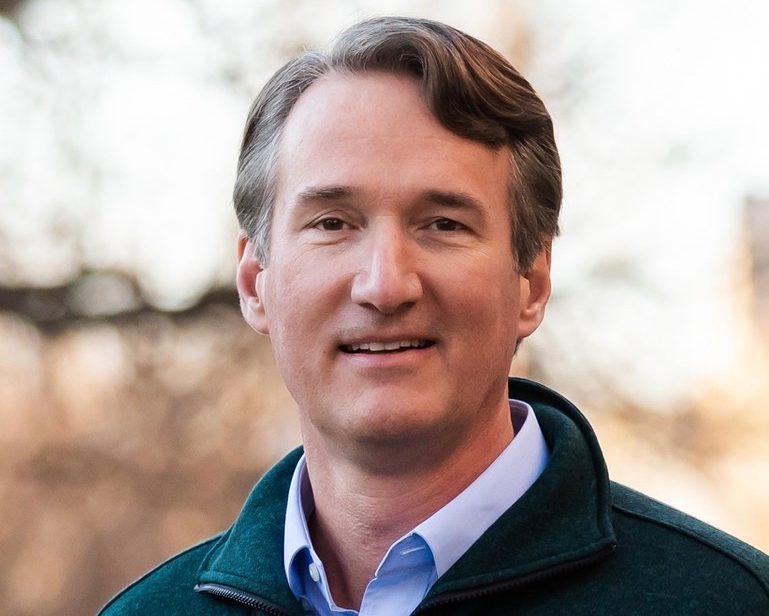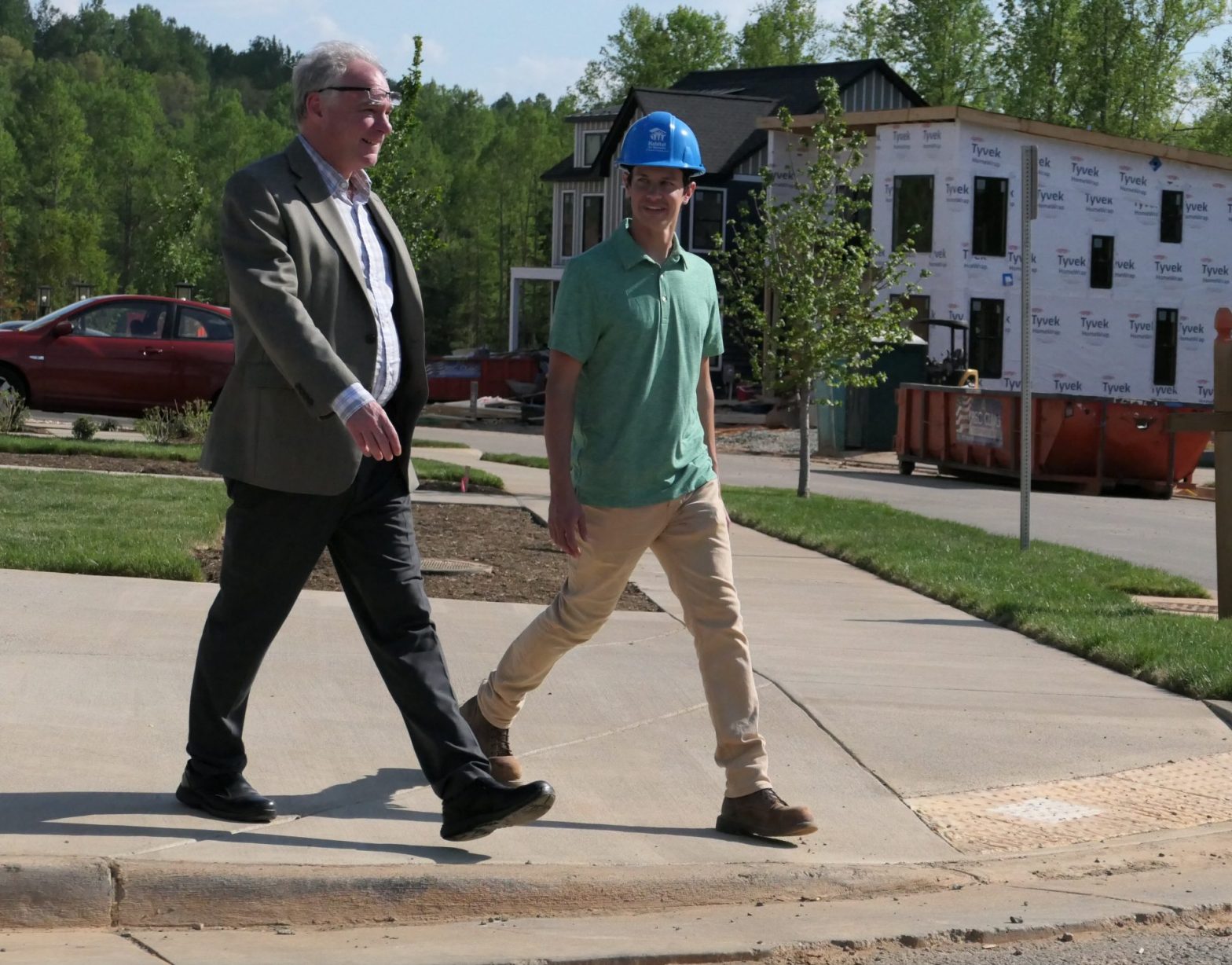The last four years have been anything but conventional for the University of Virginia’s Class of 2023. Ahead of Final Exercises, I spoke to my peers about their unique time at UVA.
During spring break of our first year, we encountered our first major challenge with the beginning of the COVID-19 pandemic. That time was marked by incredible instability and uncertainty for the entire world, and the experiences of the Class of 2023 reflect that.
“I think … every person our year can probably remember getting the email from President Ryan, telling us not to return after spring break our first year, and … realizing that the pandemic was going to affect our college experience pretty significantly,” says Eva Surovell.
Surovell, the former editor-in-chief of The Cavalier Daily, says the isolation of the pandemic is what drove her to get heavily involved with the paper. “When we … were told not to come back, I sort of felt like I was grasping at straws, trying to figure out how to stay connected to UVA even if I wasn’t … physically there,” she says. “And so for me, that meant throwing myself into the paper … [the paper] felt like my one connection to the university community.”
Other students encountered more logistical problems during the early stages of the pandemic. Honor Committee Chair Gabrielle Bray recalled, “I didn’t have … my textbooks or anything like that because I did not come home with them for spring break. So I remember trying to … figure out how I was gonna get those, and how I was gonna finish this semester, because I’m an out-of-state student.”
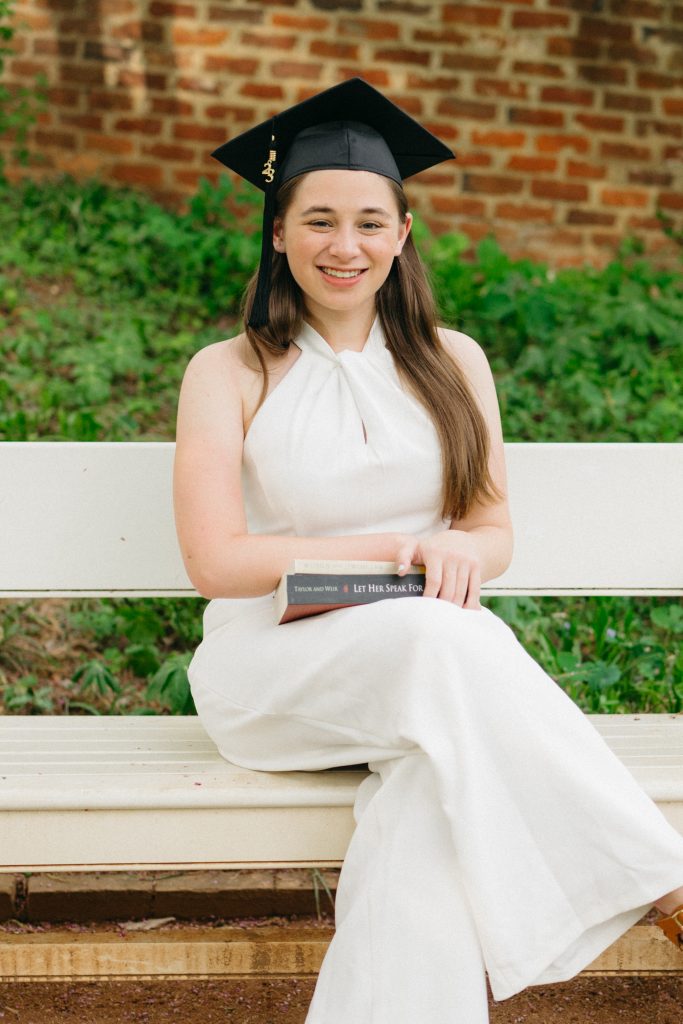
It took months for Bray and other students to get access to their dorms, but the brief return to Grounds was bittersweet. “After we … packed up the dorm room and all that, we just went over to the Lawn … I [didn’t] know when I [would] see this again,” says Bray. She took in the Lawn with her father, “trying to … hold on to the good memories because we did not know what was going to happen.”
Although students did return to Grounds in the fall of 2020, the semester was anything but normal. A majority of classes remained online, and a number of strict gathering and testing policies were enforced to prevent the virus from spreading.
While all students were required to follow UVA COVID-19 safety procedures, resident advisors had the uniquely difficult task of enforcing policies in dorms.
“When I signed up to be an RA, the promise was like, ‘You’re gonna make a staff of eight to 14 best friends, you’re gonna get to meet 280 incredible people across the program. You’re gonna have awesome residents and you’re gonna be able to be like their older sibling and their best friend and help them through so much,’’’ says Holly Sims, who was a RA during the 2020-2021 school year. “The reality of it was that we were essentially cops in dorms, that we were the first line of enforcement for a lot of potentially life-saving policies. So we all felt that weight, and all felt that it was important. It was so hard to actually do that job well.”
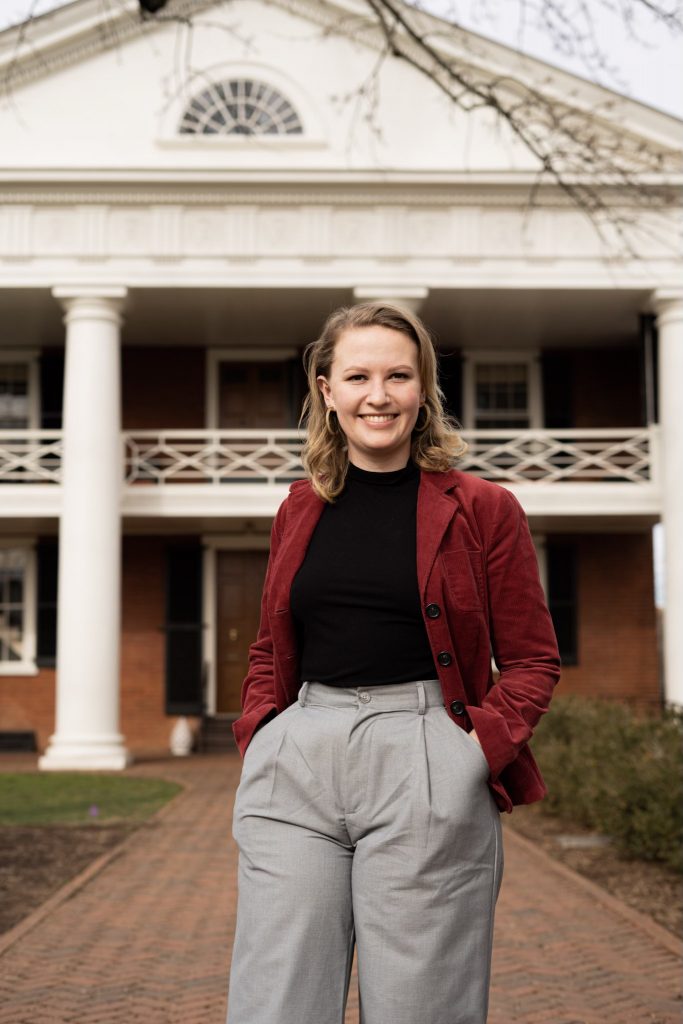
Despite her difficult experience as a RA, Sims remains passionate about housing at UVA as the co-chair of the Resident Staff Program and vice president for administration of Student Council.
Although difficult to enforce, the policies that university officials and RAs like Sims maintained were crucial in protecting at-risk members of the UVA community.
“Yeah, COVID sucked,” says rower Frederick Scotti, who has autoimmune disorders that can flare up when he gets sick. “It was really scary actually, because … I had no idea how I’d react to [COVID],” says Scotti. “But in another way, it was … kind of nice because it was this newfound … culture where everyone’s really cautious … so I can almost … feel more safe going out, because I knew people were all freaked out about getting sick, and it made me feel like people actually cared about not spreading disease around.”
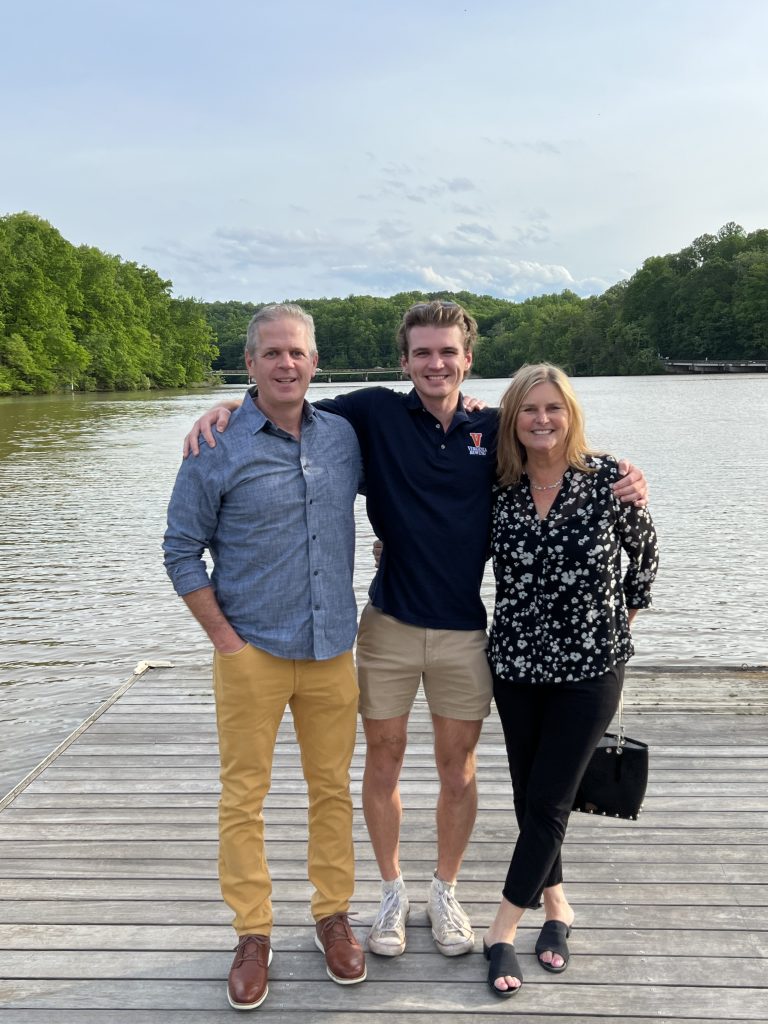
Beyond academics and health, the pandemic also impacted students mentally and socially. “Second year is kind of … the most formative year for making friends and … getting familiar with your community, and a lot of that time was spent over Zoom and breakout rooms,” says civil engineering major Sin Lin. “So I could definitely see how that … set us back a little bit—us as in me and … my class.”
The isolation of the pandemic impacted transfer students particularly hard. For women’s basketball player London Clarkson, coming to UVA during COVID both isolated her from her classmates and brought her closer to her team. “I wish I would have had … the opportunity to stay in dorms—like mandatory freshman year stay in dorms with all the other freshmen—because … I didn’t make as many friends and have … that sense of community that people have after staying in the dorms,” she says.
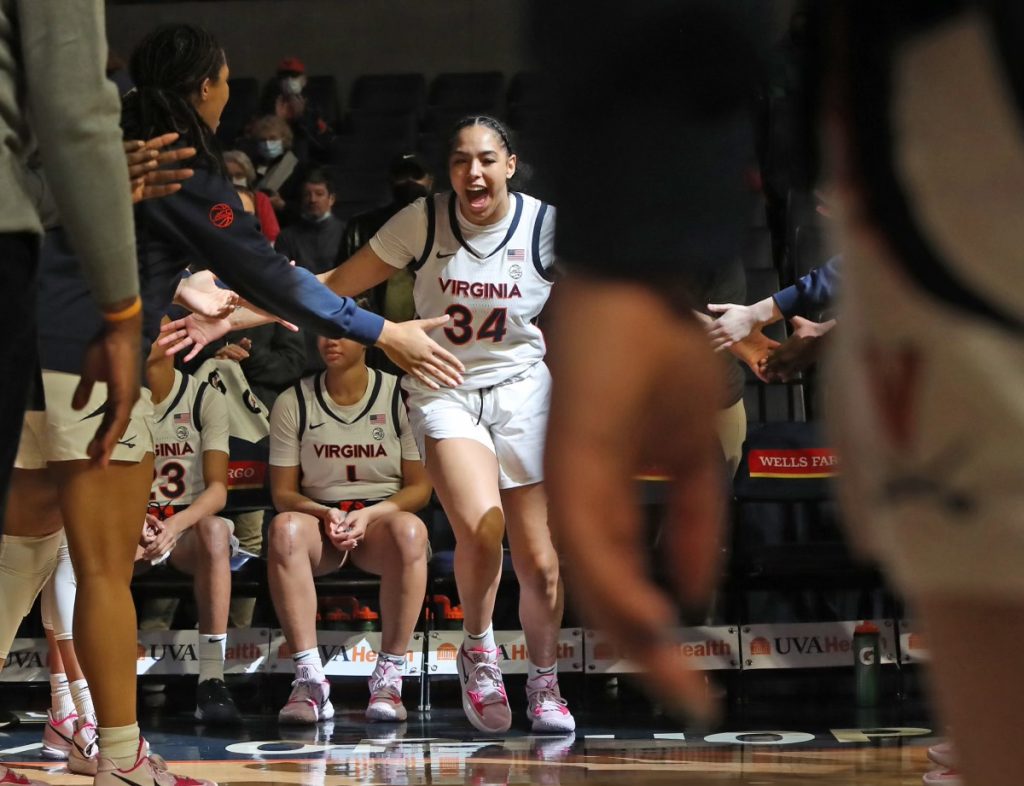
However, not all UVA students were virtual during the height of the pandemic. Nursing students resumed in-person learning in the fall of 2020. “There were a bunch of restrictions and we knew that it was going to be tough, but just being able to … see people again after however many months that it had been,” says Ainslie Whitmarsh.
Throughout the 2020-2021 school year, a number of landmark events beyond the pandemic impacted the class of 2023. Between spitting in test tubes in university garages, quarantines, and exams, my class witnessed major political events like the 2020 election and the January 6, 2021, attack on the U.S. Capitol. In the same year, the COVID-19 vaccine was developed and rolled out nationally, allowing UVA to slowly return to predominantly in-person instruction.
The pandemic was a major part of the Class of 2023’s time at UVA, but the transition back to in-person learning had an equally large impact.
For transfer student Quana Dennis, coming to UVA in 2021 was a major change of pace. “I didn’t know what to expect because the classes at Piedmont … were online, but when I transferred … everything was in person … it was … slowly gradually getting back into the normalcy of life,” he says. “I was just really interested in seeing what everybody looked like rather than a masked face and just like seeing people, their smiles, and their personalities come out behind the mask.”
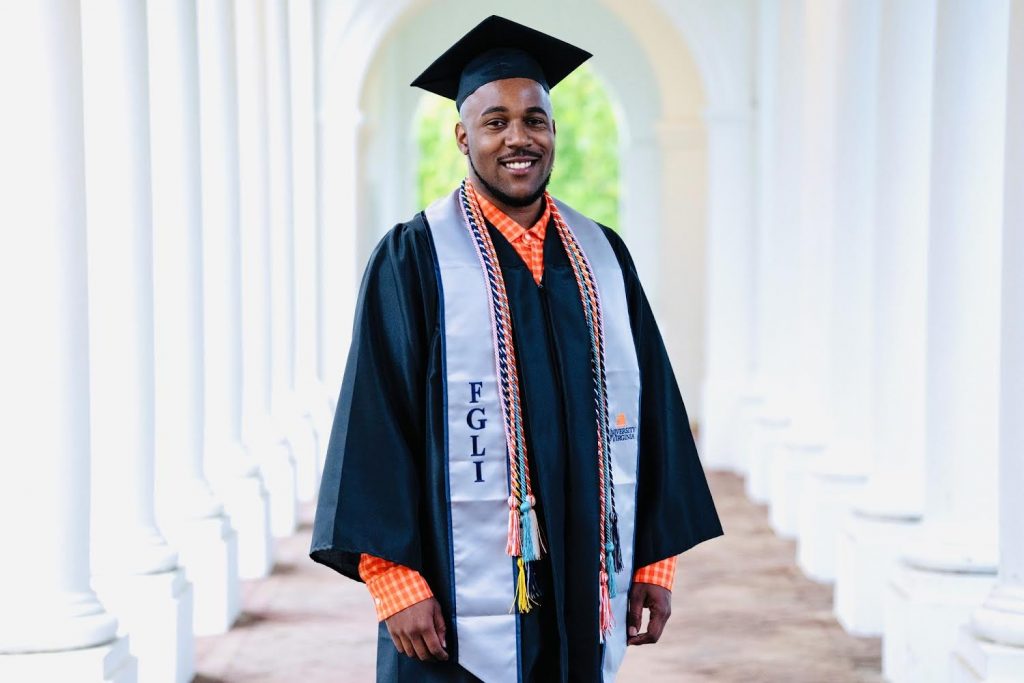
Even for students who attended UVA prior to the pandemic, coming back to the classroom and the end of masking requirements was jarring. “Being in the classroom again … it was great to see people again, like I didn’t realize how much I missed the sort of in-person interaction with my professors and … fellow students,” says Surovell. “But I remember for me the most shocking … transition was when we weren’t required to wear a mask anymore and I … felt like I saw people’s faces for the first time.”
For many, returning to in-person learning was also an opportunity to strengthen connections with classmates. “I’m just thankful that after the pandemic was over, we got back with being in person, we were able to … see each other and get to know each other to kind of make up for that lost time,” says Lin. Surovell also emphasized the impact of coming back to the classroom, saying, “I think I … appreciated the moments I had with my friends a lot more than I would have if … we had not been online for so long.”
After returning to near-normalcy during the 2021-2022 school year, the Class of 2023 was excited to begin fourth year. Despite the ominous placement of a noose on the Homer statue, the fall 2022 semester continued. But the normalcy was fully stripped away on November 13, when UVA students D’Sean Perry, Devin Chandler, and Lavel Davis Jr. were killed.
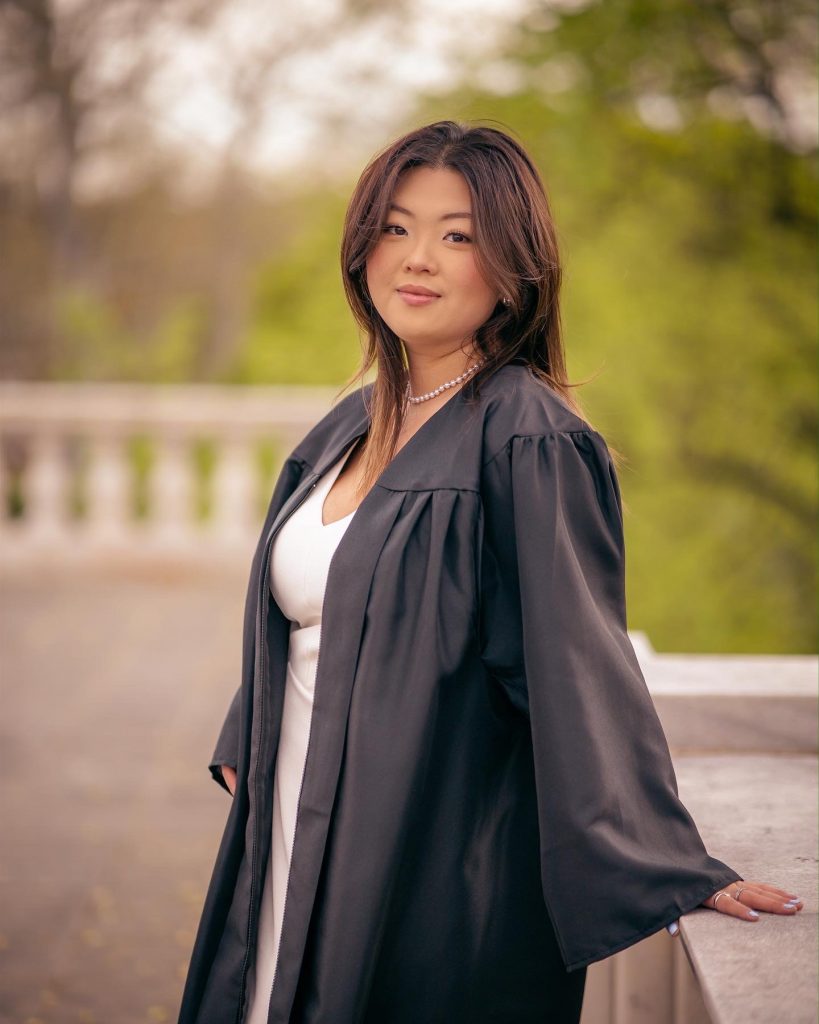
“When the shooting happened, that was just a really hard moment. I knew some of the guys and so did my boyfriend. He was really, really close with D’Sean,” says Clarkson. As a member of the women’s basketball team and Black Student-Athletes Offering Service and Support, Clarkson was particularly impacted by the tragedy. “Us girls, like as a team, we had to go play, we had … a preseason game against Loyola. … We were losing by so much and we actually came back and … won, and it was just so emotional, and honestly, so sad. … None of us even wanted to play.”
As a class leader, Sims was heavily involved in the university response to the deaths of Perry, Chandler, and Davis. “Around two o’clock on November 14th, a lot of student leaders met together … to talk about what we wanted to do in terms of a vigil or a memorial, and then we had an hour and a half conversation where we just banged it out, cried a little bit, and then all immediately got to work trying to make that happen.”
“[I] was really, really impressed by how thoughtful everyone was being about what to do, and about how to execute on something like this,” Sims adds. “That was so unprecedented here, and that administration let students take the reins. … It was a big emotional labor to do that, but I think because it was by us, it meant more to us.”
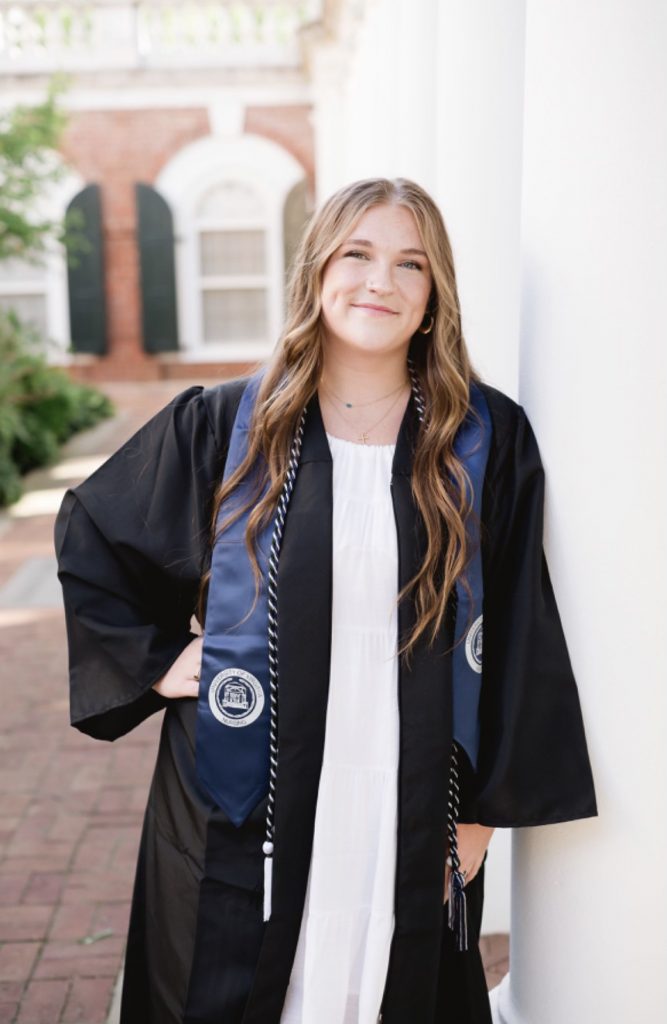
“It impacted me in a way, just made me think of sports and my life differently. How thankful we were to … play and just live another day, honestly, that’s been the most impactful thing that’s happened to me this far,” Clarkson says. “Even if … you didn’t know them, like their presence and just knowing who they are … says a lot about how … important they were to our community and athletics.”
While the class of 2023 is still mourning the loss of our peers, we are preparing for what’s next. Despite a tumultuous four years, our time at UVA is also marked by incredible achievements and memories. From updating the Honor Constitution to publishing scientific papers to attending graduate school in Charlottesville and beyond, the future of this year’s class is bright.
